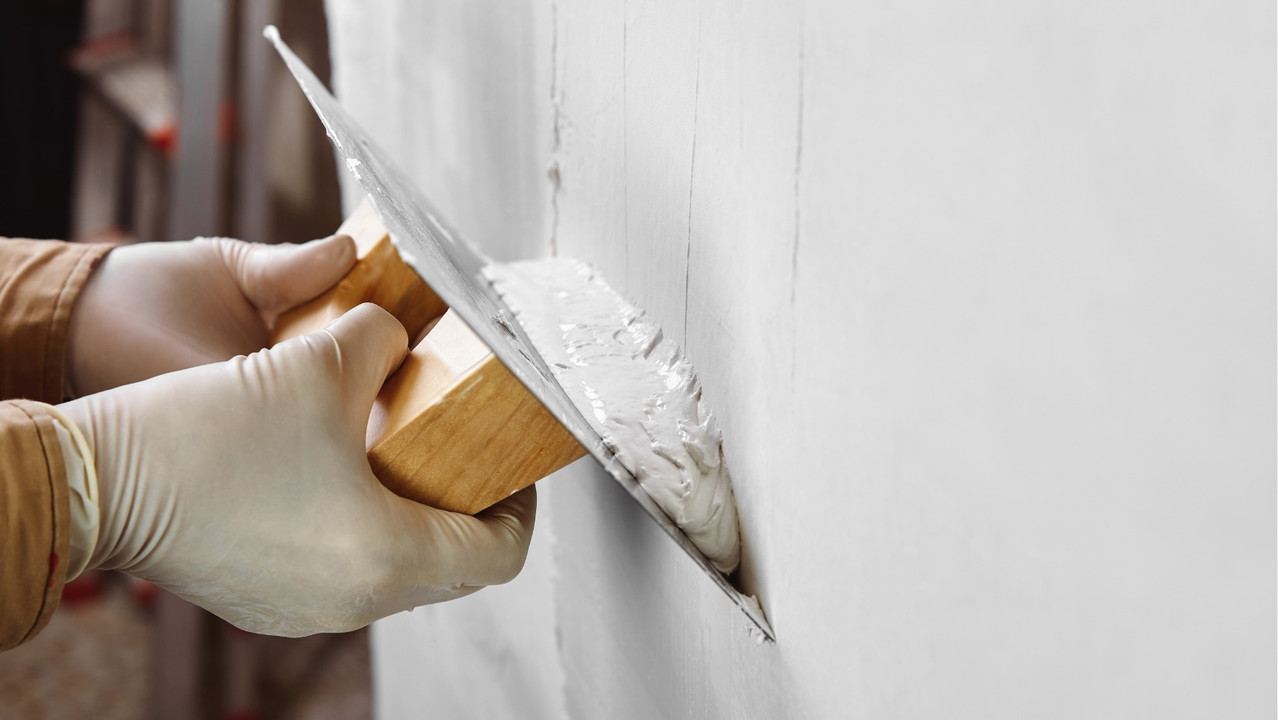The Evolution of Drywall Tools
The world of construction has witnessed monumental changes over the past century, and a significant part of this evolution can be attributed to the tools used in the trade. Among these, drywall tools hold a special place. They have been pivotal in transforming interior construction from a tedious, lengthy process to one that's streamlined and efficient. Let's journey back in time and trace the evolution of drywall and drywall cutting tools.
The Early Beginnings
In the early 20th century, the concept of 'drywall' was novel. Before drywall became mainstream, the primary method of constructing interior walls involved lath (thin wood strips) and plaster—a process that was labor-intensive and required skilled craftsmen. It wasn't until the 1930s and 1940s, with the growth of the housing market and the need for quicker construction, that drywall became a popular alternative. The tools back then were rudimentary. Basic trowels, hawks, and broadknives were employed to cut and set the gypsum boards in place.
Innovation and the Post-War Era
The post-World War II era marked a boom in housing construction. As demand increased, there was a pressing need to make the drywall installation process more efficient. The taping knife, which was once a simple, straight-edged tool, evolved to include a curved or "rocked" edge. This allowed for smoother application and finishing of joint compounds. The drywall screw gun also made its debut, making the attachment of drywall to studs faster than using nails.
The Age of Automation
The latter half of the 20th century saw a push towards automation in many industries, and drywall installation was no exception. Automatic taping tools emerged, changing the landscape of drywalling. These tools, often dubbed ‘bazookas’, were designed to simultaneously apply joint tape and compound, drastically reducing the time it took to finish seams. The adoption of such tools meant that larger areas could be covered in less time, with fewer manual steps involved.
Modern Innovations
Today, we're experiencing a renaissance of drywall tools, powered by technology and a deeper understanding of ergonomics. Tools are not just functional but also designed to minimize strain on the user. For instance, modern drywall sanders are equipped with vacuum attachments, ensuring that dust is minimized – a boon for both health and cleanliness.
We also have tools tailored to specific tasks, from corner bead crimpers for perfect edges to rotary cutting tools that can make intricate shapes with precision. Additionally, the emergence of cordless tools has made working in tight spaces or at elevated heights much more convenient.
Al's Taping Tools for Your Drywall Needs–Today & Tomorrow
The evolution of drywall tools is a testament to mankind’s unending quest for efficiency and innovation. From simple knives and trowels to automated taping tools and advanced cutting devices, the journey has been remarkable. As we look to the future, with the rapid advances in technology and materials science, one can only imagine what the next chapter in the story of drywall tools will entail. But one thing is certain: Al's Taping Tools will always be at the forefront, embracing every innovation, ensuring that craftsmen and DIY enthusiasts alike have the best tools at their disposal.
Blog
-
The Future of Drywalling: A Look at Upcoming Innovations in Taping Tools
12th Dec 2023In the dynamic world of construction, innovation is the key to progress. As technology continues to
-
How to Make Your Drywall Tools Last
28th Nov 2023Drywall tools, whether for taping, finishing, or texturing, are an investment. The better you care f
-
The Evolution of Drywall Tools
25th Oct 2023The world of construction has witnessed monumental changes over the past century, and a significant




